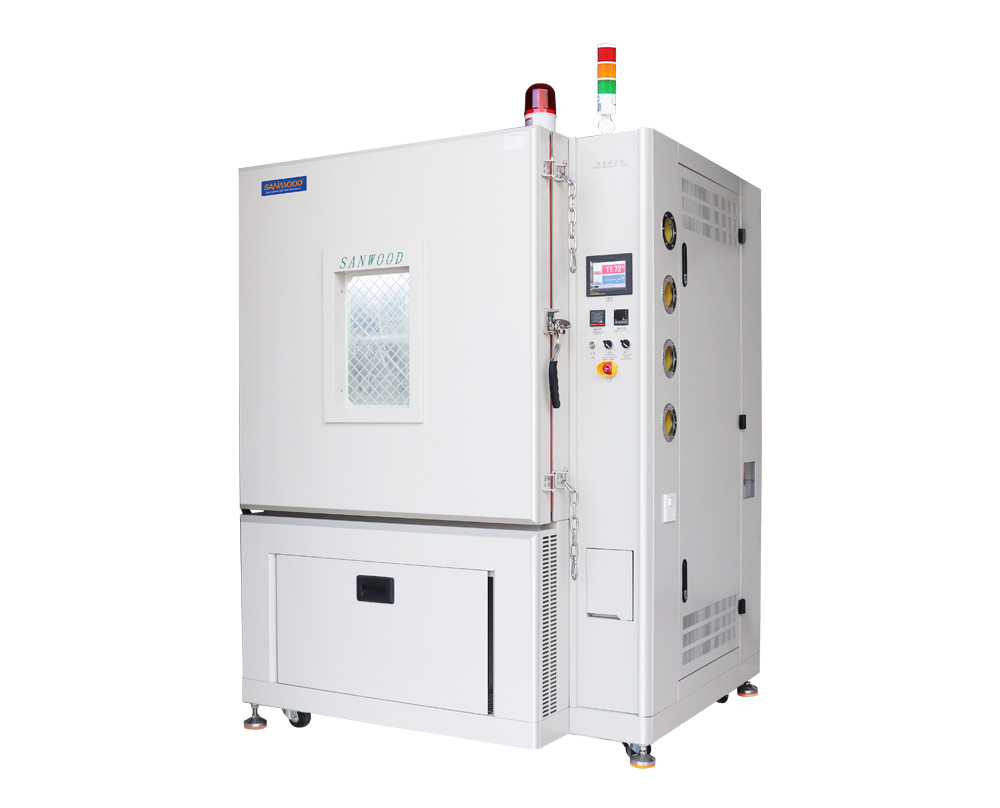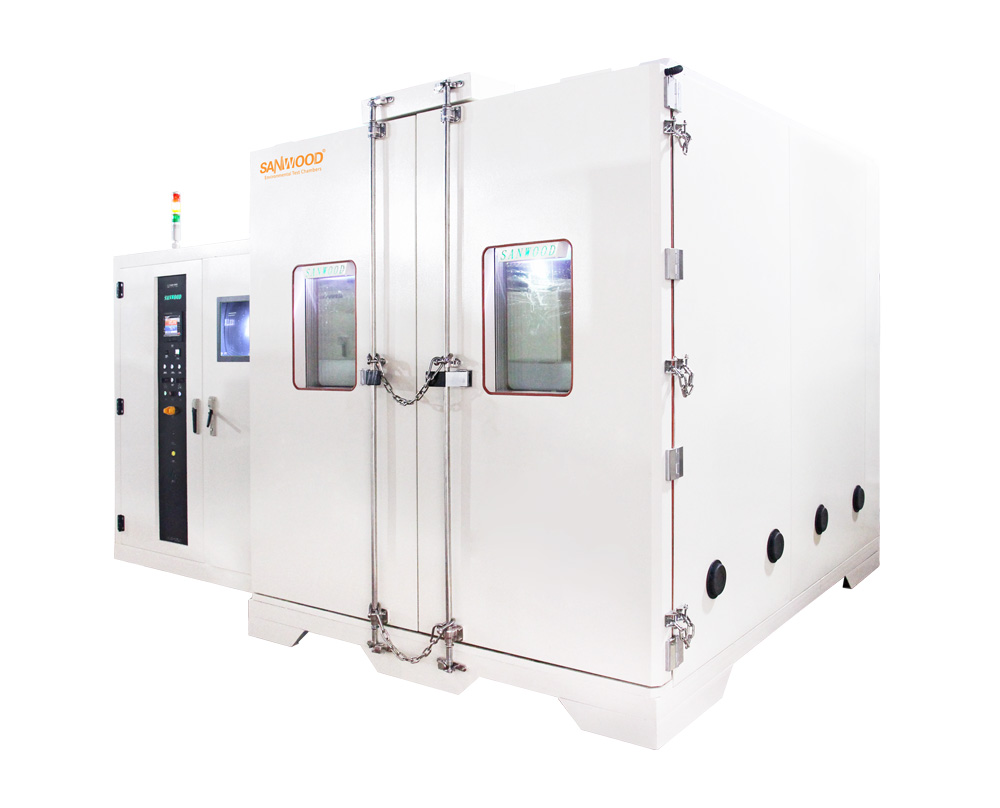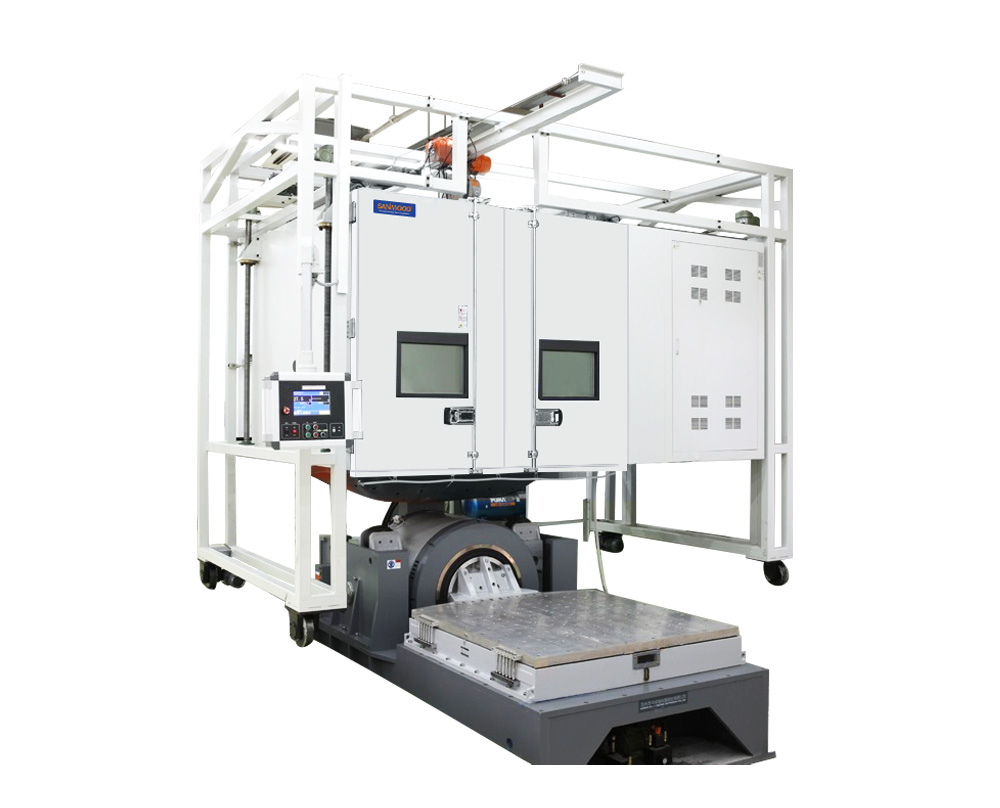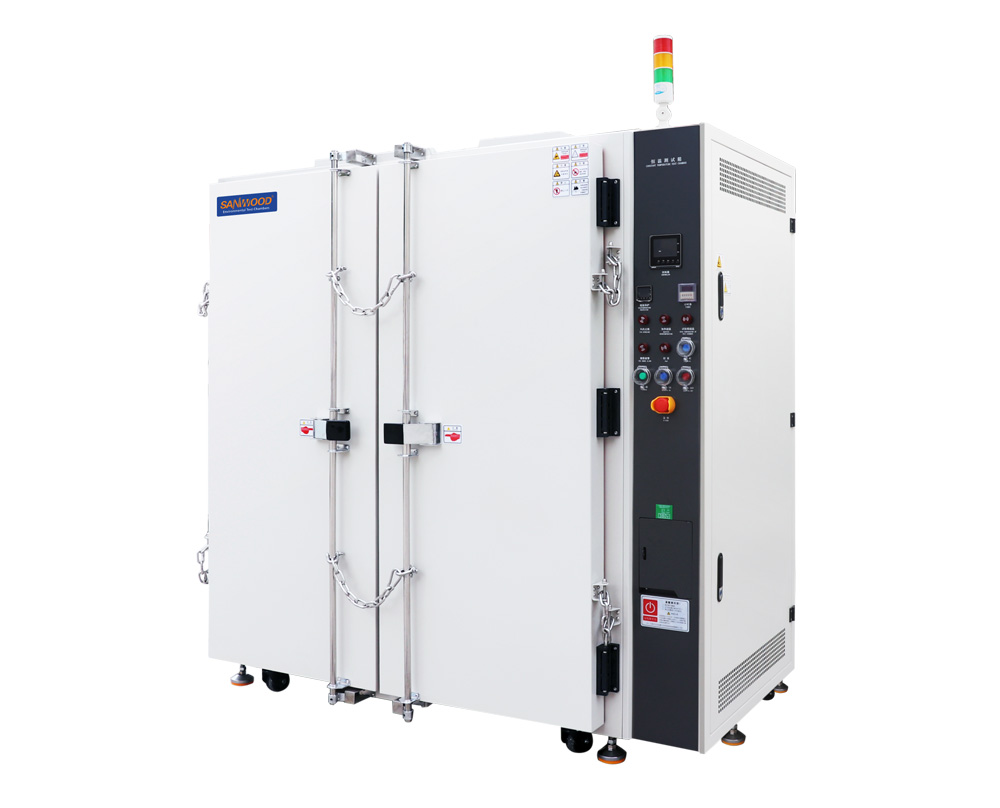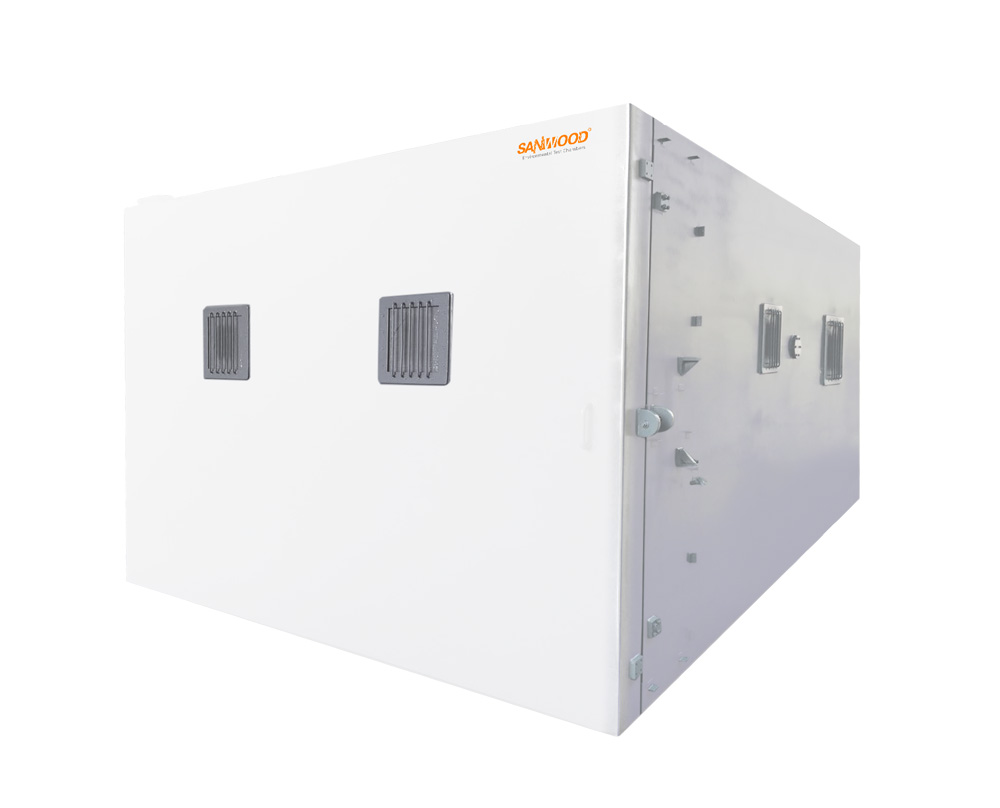The battery test range has been optimized according to the hazard levels defined by EUCAR, and each hazard level is associated with a series of safety accessories.
The end user should be familiar with the type of testing to be performed and is responsible for selecting the appropriate hazard level.
After the hazard level is determined according to the EUCAR table, the equipment should be equipped with all devices of a specific level and below this level to ensure adequate protection of testers.
EUCAR Hazard Levels and related accessories:
| Hazard Level | Description | Criteria for Severity Classification & Effects |
| 0 | No Effect | No effect. No loss of functionality |
| 1 | Reversible Loss of Function | No defect; no leakage; no venting, fire, or flame; no rupture; no explosion; no exothermic reaction or thermal runaway. Temporary loss of battery functionally. Resetting of protective device needed. |
| 2 | Irreversible defect/damage | No leakage; no venting, fire, or flame; no rupture; no explosion; no exothermic reaction or thermal runaway. RESS irreversibly damage. Repair needed. |
| 3 | Leakage Δ mass < 50% | No venting, fire, or flame; no rupture; no explosion. Weight loss < 50% of eleetrolyte weight. Light smoke (electrolyte=solvent+salt). |
| 4 | Leakage Δ mass ≥ 50% | No fire or flame; no rupture; no explosion. Weight loss ≥ 50% of electrolyte weight. Heavy smoke (electrolyte=solvent+salt). |
| 5 | Fire or Flame | No rupture; no explosion (i.e. no flying parts) |
| 6 | Rupture | No explosion. RESS could disintegrate but slowly without flying parts of high thermal or kinetic energy. |
| 7 | Explosion | Explosion (i.e. disintegration of the RESS with externalyy damaging thermal & kinetic forces). Exposure to toxic substances in excess of OSHA limits. |
Battery test accessories:
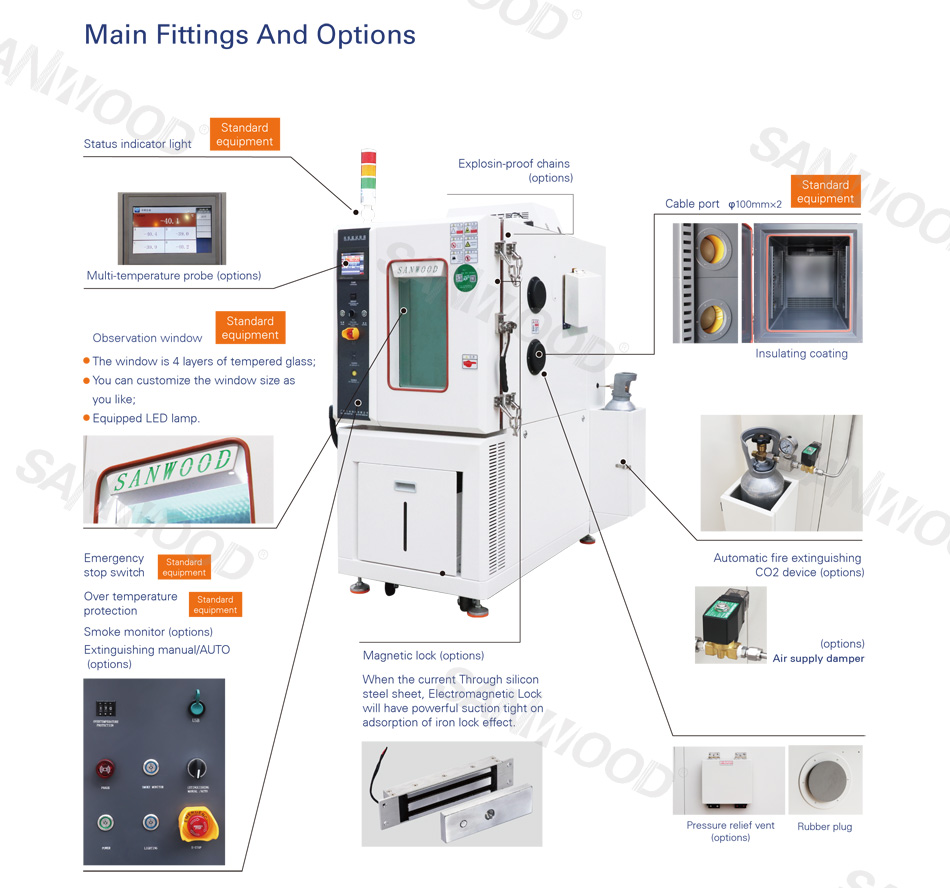
Optical/acoustic tower light alarm and 4 auxiliary PT100 sensors:
The tower light has 3 signal levels (white, green and red), which can quickly alert the operator of any abnormal conditions. The 4 auxiliary sensors can be used to monitor the temperature of the sample in the chamber and give an alarm in the event of dangerous overheating.
GN2 or compressed air purge system:
The function of this equipment is to ensure the gas cleaning and constant change in the useful test area.
If it is connected to the gaseous nitrogen pipeline, the oxygen level in the test chamber will be further reduced; in this case, the system can be combined with an oxygen presence sensor to optimize consumption (when the oxygen level is below a defined threshold, the flux stops) .
Monitoring and sampling system:
The cooling device, at the top of the chamber, is used to dehumidify the air flow drawn from the inner volume of the chamber before the sensor inlet.
Oxygen sensor, H2 sensor, CO sensor:
Monitor the gas in the chamber under all operating conditions envisaged in the technical specifications.
Overpressure valve:
The valve is located at the top of the chamber and is designed to protect the chamber from the gas that is gradually released from the sample. The system is not designed to compensate for explosive internal overpressure. This accessory comes with 2 additional mechanical fasteners to keep the door closed.
The equipment must be properly connected to the outside to avoid contamination of the test area. Flange connection DN500 in accordance with EN 1092-1.
Carbon dioxide protection system:
The system is equipped with a control unit, an alarm panel, an emergency button, a thermostat with a dedicated temperature probe and a system with a CO2 cylinder.
CO2 emission is activated by exceeding the temperature threshold measured by the dedicated PT100 (settable by the user) or by exceeding the CO2 threshold in the chamber.
In the case of the maximum hazard level (level 7-explosion), it is necessary to make a specific estimate because the recommended equipment may not be sufficient to guarantee the required level of safety.
| Hazard Level | ACCESSORY Description |
| 0...2 | OPTICAL/ACOUSTIC ALARM + 4 SUPPLEMENTARY PT100 SENSORS -- Chamber Height +350mm |
3...4 |
SAMPLING SYSTEM FOR MONITORING COMPRESSED AIR OR GN2 WASHING WITH FLOW METER OXYGEN MONITORING SYSTEM -- Dewpoint reduction up to +75°C; +5°C increase of Min. Temp.; chamber H +300mm H2 MONITORING SYSTEM -- Dewpoint reduction up to +75°C; +5°C increase of Min. Temp.; chamber H +300mm CO MONITORING SYSTEM -- Dewpoint reduction up to +75°C; +5°C increase of Min. Temp., chamber H +300mm OVERPRESSURE VALVE -- Chamber height +250 mm, Dewpoint reduction up to +90° C, Minimum Temp. increased +5° C |
| 5...6 | CO2 PROTECTION SYSTEM ≤340 L (Hazard Level 5...6) Dewpoint reduction up to +75°C; +5°C increase of Min. Temp., chamber W +200mm (empty CO2 bottle) CO2 PROTECTION SYSTEM >340 L (Hazard Level 5...6) Dewpoint reduction up to +75°C; +5°C increase of Min. Temp., chamber W +300mm (empty C02 bottle) |
Battery test chambers from small benchtop chambers for testing small battery cells to large walk-in chambers for testing large battery packs. Temperatures range from -70°C to +150°C with an optional humidity range as low as 20% to 95%. Sizes are available from small benchtop units to large walk-in chamber.

